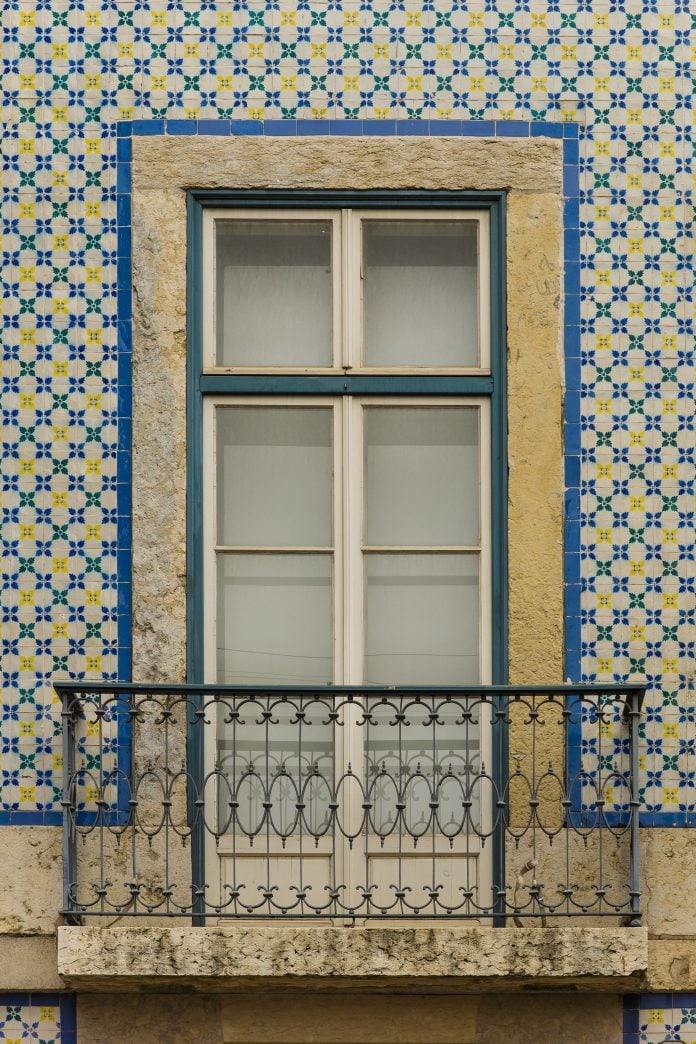The National Tile Museum (Museu Nacional do Azulejo) is a special place that showcases Portugal’s rich culture and art. It’s filled with azulejos, which are beautiful ceramic tiles that have been used to decorate buildings and surfaces all over the country for a very long time. This museum has a fascinating history and is located in a stunning building, making it a wonderful place to explore the world of Portuguese art and skillful workmanship.
History
The term “azulejo” finds its roots in the Arabic word “az-zulayj,” which means polished stone. While this term hints at their origin, it was in the Iberian Peninsula, particularly in Portugal, that these decorative tiles blossomed into an art form of unparalleled beauty.
At the National Tile Museum, visitors are treated to a chronological expedition through this history, tracing the journey from the Moors’ introduction of intricate geometric patterns to the Portuguese Renaissance’s incorporation of narratives and figurative elements.
The 16th century marked a pivotal period for Portugal, as its ambitious exploration efforts brought the nation into contact with diverse cultures, fostering an exchange of artistic influences.
The application of azulejos extended beyond the walls of churches and monasteries, finding their way into palaces, private residences, and even train stations. By the 17th century, azulejos had solidified into a distinct Portuguese art form. They frequently depicted religious narratives, historical milestones, and glimpses of everyday life.
As you explore the museum’s collection, you’ll witness these distinct phases in history!
Architecture
Nestled within the Madre de Deus Convent, a majestic structure from the 16th century, the National Tile Museum has a unique architecture. This convent, established by Queen Dona Leonor in 1509, was originally designed to provide spiritual guidance to the local community. The architectural style mirrors the Manueline tradition, renowned for its intricate detailing, maritime motifs, and an exquisite fusion of late Gothic and Renaissance elements.
The convent’s church is a spectacle to marvel at, adorned with intricate ornamentation and azulejo panels that vividly portray biblical narratives and moments from the life of St. Francis. Ingeniously interwoven into this historic setting, the museum’s collection creates a distinctive encounter where art and architecture seamlessly coalesce.
Beyond the church, the museum unveils a captivating courtyard adorned with blue and white azulejos, crafting a serene haven that encapsulates the essence of Portuguese aesthetics.
Visiting Times & Tickets
The National Tile Museum is open between 10 am to 1 p.m. and from 2 to 6 p.m. It’s closed on Mondays and national holidays. Tickets cost 5 euros.


